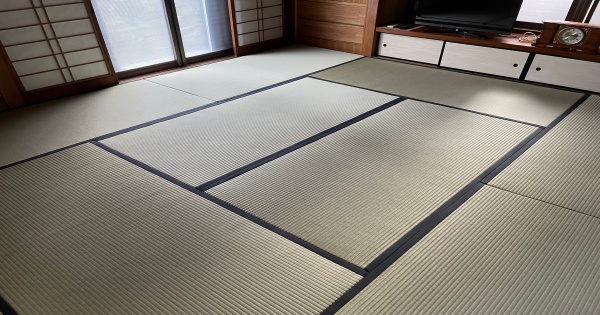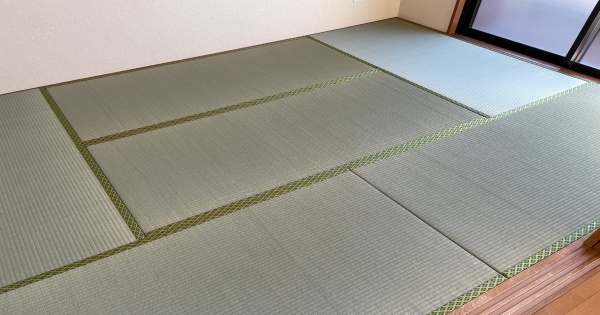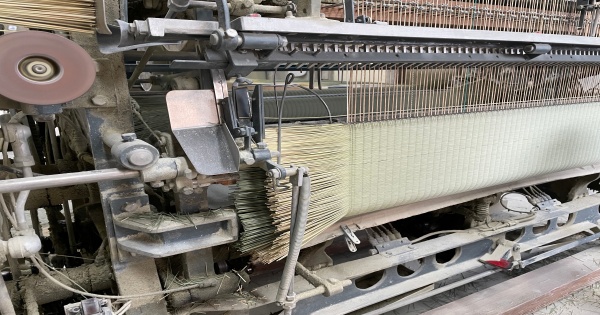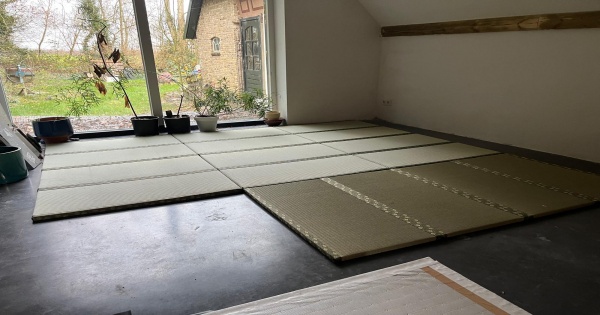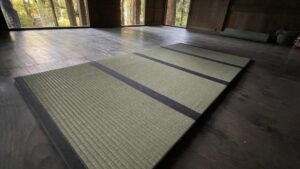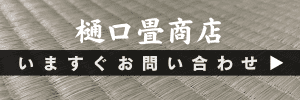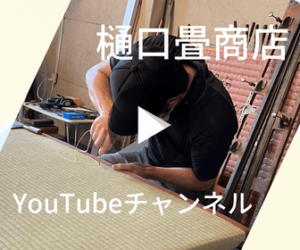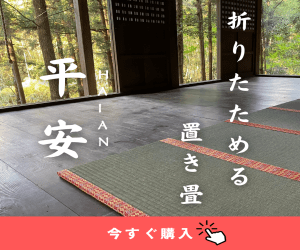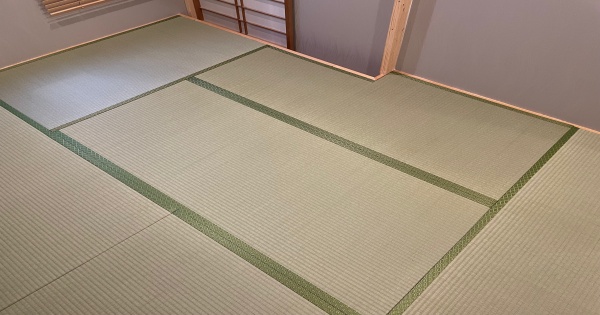
Tatami, Japan's traditional flooring material, has been cherished for its unique Japanese design, distinctive scent, and comfort. However, for those unfamiliar with tatami, especially overseas, the characteristics, advantages, and disadvantages may raise some curiosity. This article will provide a detailed explanation to help you better understand the allure of tatami, as well as some of the challenges it presents.
The Advantages of Tatami
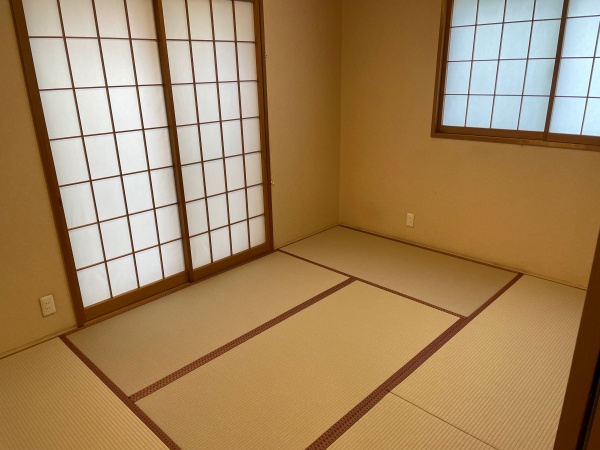
Let’s first take a look at the advantages of tatami.
1. Comfortable for Relaxing or Sleeping on the Floor
One of the biggest appeals of tatami is its softness and comfort. Whether sitting or lying down, tatami offers a natural sense of relaxation, making you feel connected to nature. Its moderate cushioning makes it perfect for lying directly on the floor, offering a comfort that is unique to Japanese-style living. This feeling is something you can't quite experience with hardwood or carpet flooring.
2. Instantly Transform a Room with a Japanese Design
Tatami can transform a room into a calm, serene space with a traditional Japanese ambiance. Its natural tones complement wooden materials and other natural elements, allowing you to enjoy designs rooted in Japanese aesthetics. Tatami fits not only in tea rooms or traditional Japanese rooms but also harmonizes with Western-style interiors, adding a touch of Japanese essence to any setting, even in foreign spaces.
3. Tatami’s Scent Offers Relaxation
The scent of igusa (rush grass), the primary material used in tatami, is known to have relaxing effects. This is thanks to components like "phytoncides" and "vanillin." Phytoncides are natural compounds released by plants, helping to purify the air and promote relaxation, while vanillin gives off a sweet fragrance that calms the mind. The aroma of tatami can evoke a sense of peace, almost like forest bathing.
4. Moisture Control for Your Room
Tatami has the ability to absorb moisture when the air is humid and release moisture when the air is dry. This is due to the natural fibers in igusa, which allow tatami to regulate humidity in your living space. During the humid summer months, tatami absorbs excess moisture, and during the dry winter, it releases moisture to keep the air balanced. This natural humidity control is especially beneficial in wooden homes and spaces made from natural materials.
5. Wide Range of Uses
Tatami is not only used in traditional Japanese homes or tea rooms but also serves various modern purposes. For example, tatami can create a serene environment for yoga or meditation. It’s also commonly used in martial arts, such as judo and kendo, as the cushioning provides a safe surface for practice. These qualities make tatami a versatile flooring option in both recreational and sporting spaces.
The Disadvantages of Tatami
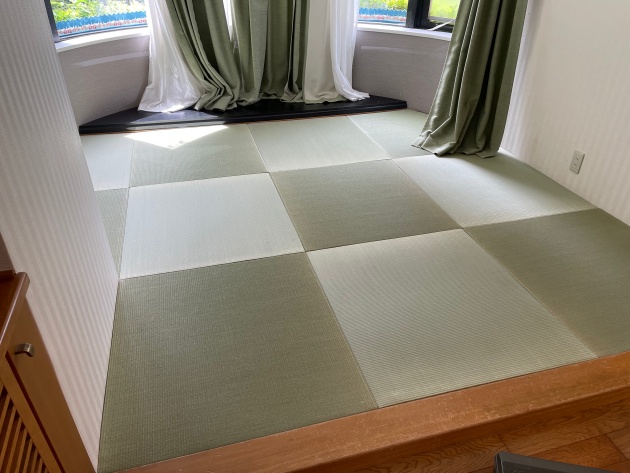
While tatami has many appealing qualities, it also comes with some disadvantages that should be understood in order to use it properly.
1. Some Countries Prohibit Importing Tatami
Since igusa, the material used in traditional tatami, is a plant, some countries prohibit its import due to plant quarantine laws. In particular, countries with strict regulations like the United States and Australia may restrict the import of tatami made with domestically grown igusa. Therefore, before ordering tatami from Japan, it’s essential to check if the product can be imported into your country.
2. Risk of Mold and Dust Mites in Humid Environments
Tatami’s moisture-absorbing properties can become a disadvantage in extremely humid environments, as mold and dust mites may thrive. Proper humidity control is crucial to prevent such issues. Regular ventilation, the use of dehumidifiers, and diligent care can help mitigate these risks and keep your tatami in good condition.
3. Some People May Find the Scent Unfamiliar
While the scent of igusa is relaxing for many Japanese people, it may be unfamiliar or even unpleasant for those from other cultures. For those who find the smell of igusa too strong, opting for synthetic tatami made from resin or washi (Japanese paper) can be a good alternative, as they lack the characteristic scent of natural tatami.
4. Maintenance Can Be Tedious
Tatami requires regular maintenance compared to other flooring materials. Vacuuming and wiping with a dry cloth are recommended to keep it clean, but some may find this upkeep to be more time-consuming than caring for other types of flooring. Additionally, prolonged exposure to sunlight can cause tatami to fade, so adjusting curtains or blinds to block direct sunlight is necessary to maintain its appearance.
5. High Shipping Costs for Overseas Delivery
Due to the size and weight of traditional tatami mats, shipping costs can be quite high when delivering them internationally. This is especially true for heavy igusa mats, which can make international shipping expensive. However, Higuchi Tatami Shop offers foldable and lightweight tatami options, significantly reducing shipping costs. Our shop strives to provide affordable delivery solutions, making it easier for overseas customers to enjoy tatami without worrying about excessive shipping fees.
Conclusion
Tatami is a traditional Japanese flooring material that offers a unique combination of comfort, natural scent, and beautiful design. While there are some challenges, such as shipping restrictions and maintenance, Higuchi Tatami Shop addresses these issues by offering solutions like lightweight and foldable tatami for overseas customers. Experience the relaxing atmosphere and aesthetic beauty that tatami brings, and consider incorporating it into your home.
For inquiries to Higuchi Tatami Shop, please contact us here:https://phkkoomde.com/profile/contact/
